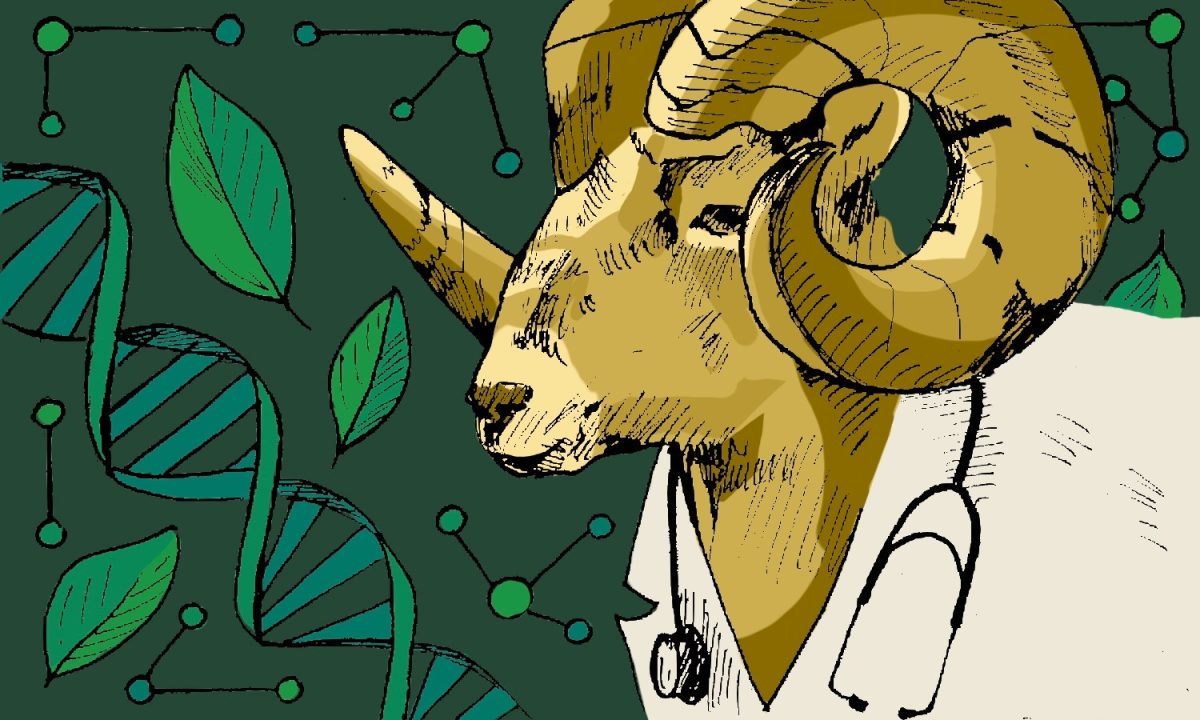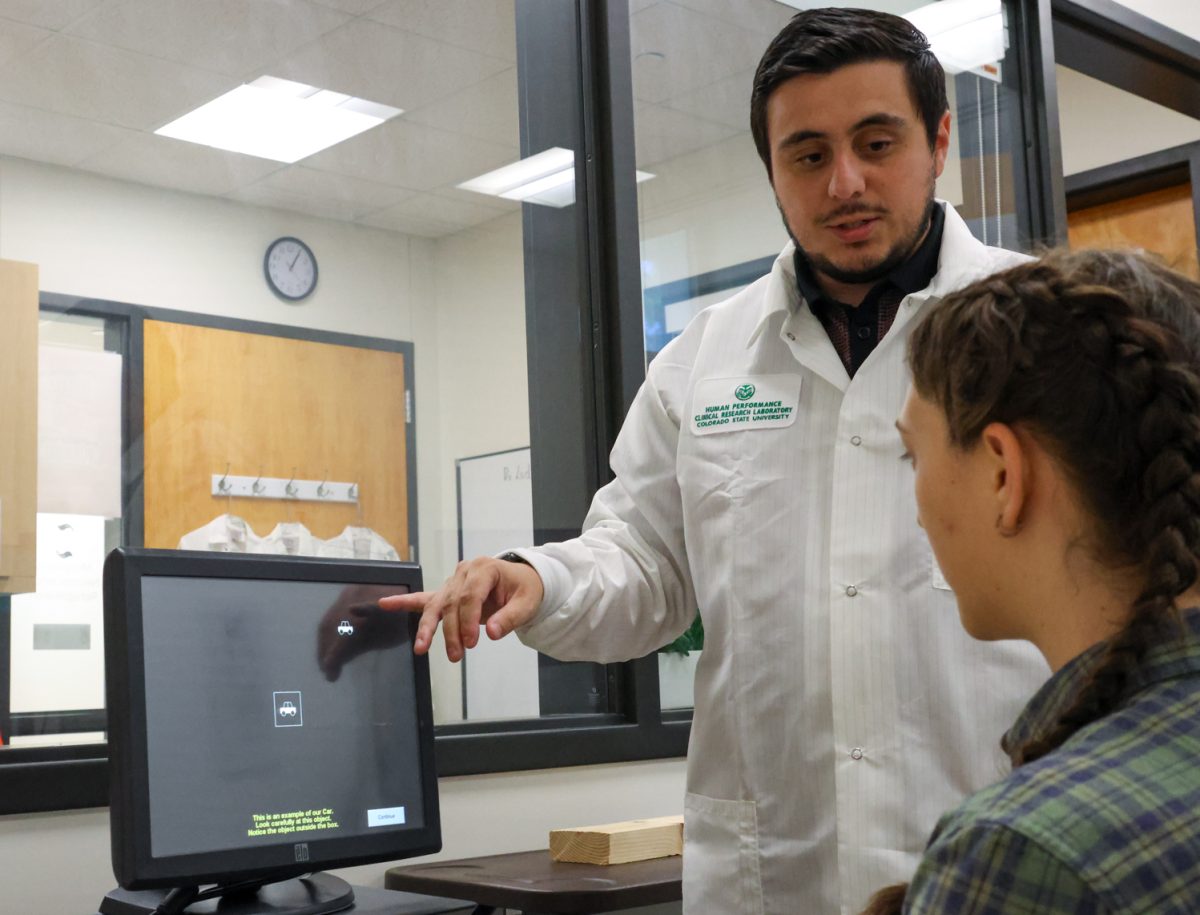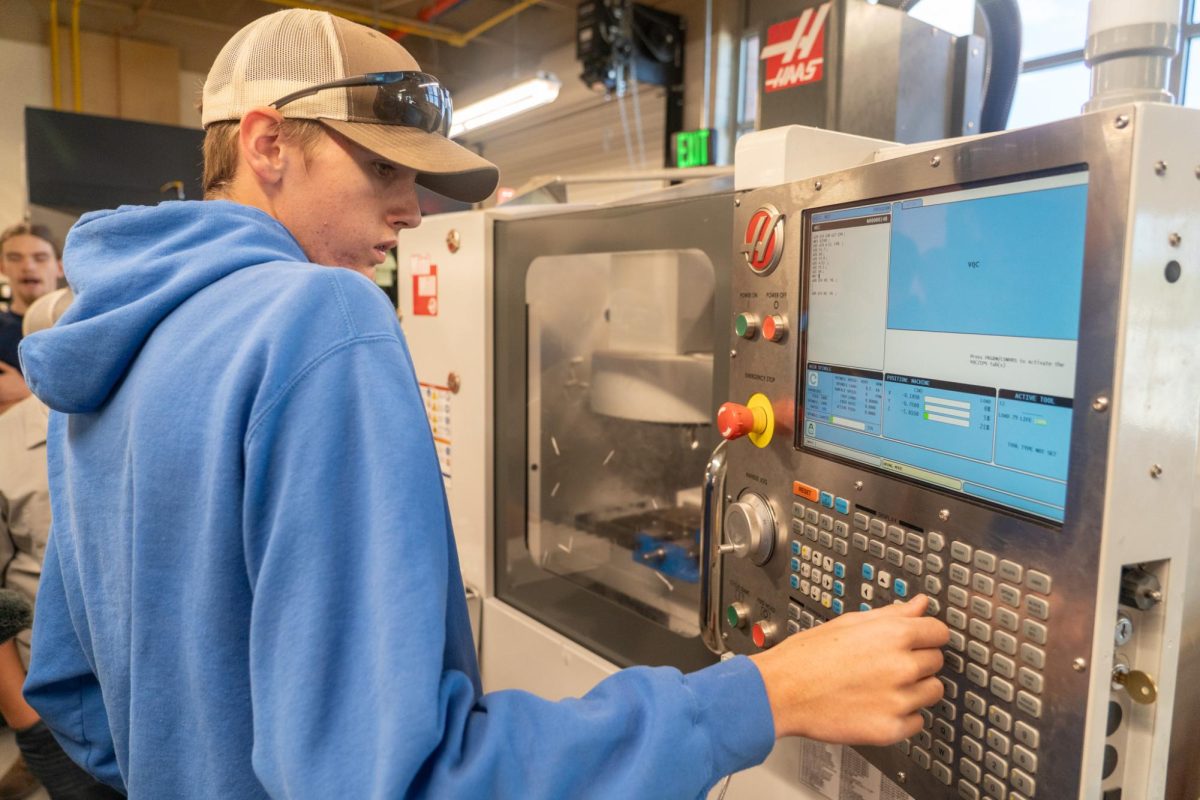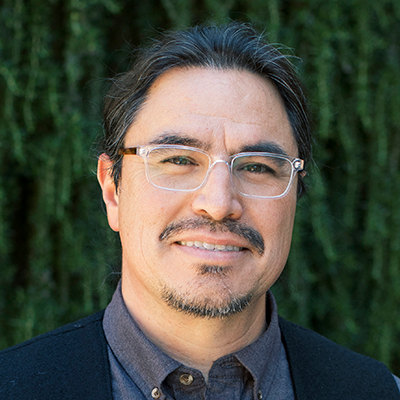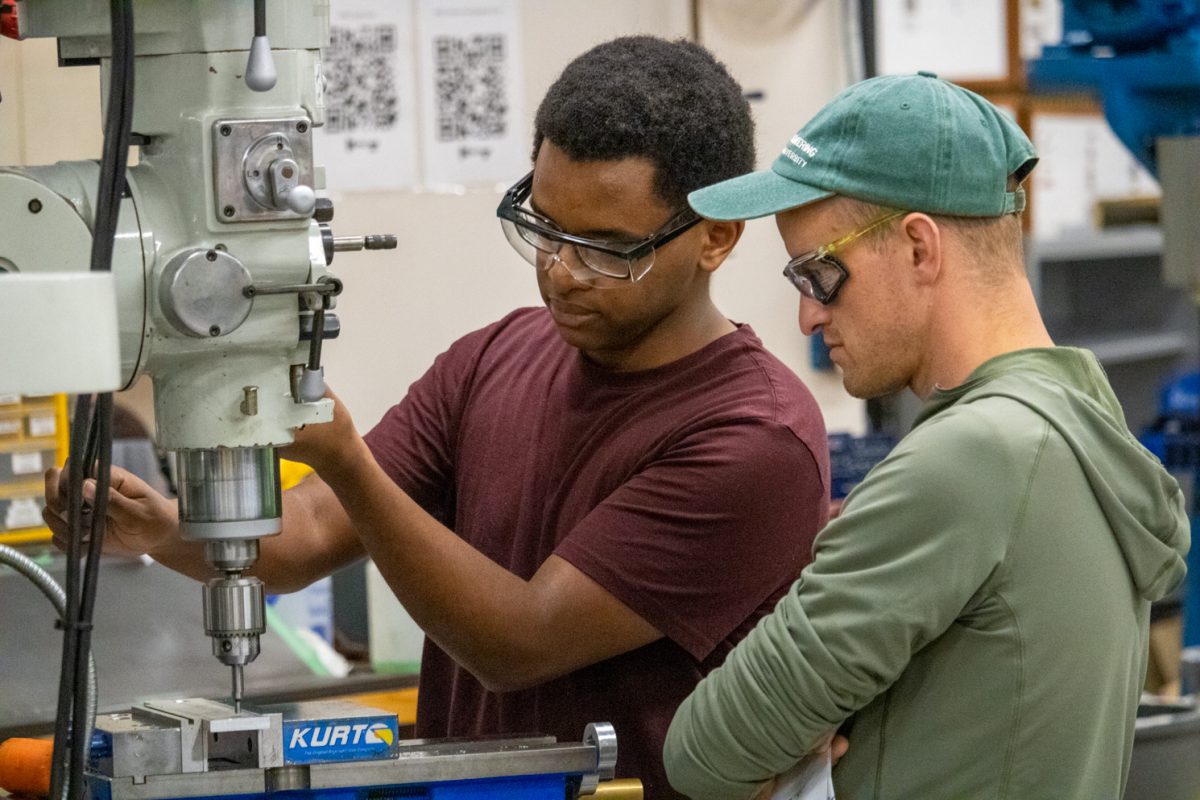“Life finds a way,” Ian Malcolm said in “Jurassic Park” — and it seems like it has. Despite the passing of millions of years, scientists are still discovering evidence of previous life on Earth, which helps people understand the life on the planet today.
Evidence of past life comes in the form of fossils — the preserved remnants, traces or impressions of plants or animals in the crust of the Earth through a process called sedimentation. Through careful examination and dating of fossils, paleontologists have created a timeline of life on Earth deemed the fossil record. Paleontology is the study of current and previous life via the examination of these fossils.
One of the most recent breakthroughs in paleontology had the help of a Colorado State University alumnus and affiliate faculty member. Joe Sertich, who graduated from CSU in 2004, is one of the co-lead authors of the paper on the new dinosaur species Lokiceratops rangiformis.
“(The discovery) changes our understanding of what was going on across western North America during that time … and changes the way we think about diversity,” said University of Utah Professor Mark Loewen, one of Sertich’s fellow writers.
Named for its facial resemblance to the helmet of the Norse god Loki, made famous by the Marvel Cinematic Universe movies, the Lokiceratops was discovered in northern Montana in 2019. Its name translates to, “Loki’s horned face that looks like a caribou.” The Lokiceratops has a different pattern of horns compared to similar ceratops species, Loewen said.
A cast of the Lokiceratops skeleton now resides at the Natural History Museum of Utah, while the original skeleton was sent to be displayed in Denmark.
“Undergraduate researchers were involved with this project,” Loewen said. “(We) want to get undergrads excited about research now so it’ll be better for them as they move forward.”
For CSU students who have a love of paleontology and want to get involved with research themselves, there is an opportunity to apply to CSU’s Paleontology Field School, which holds a summer session. Led by paleontologist Thomas Bown and biological anthropologist Kim Nichols, students have the opportunity to learn about paleontology hands-on.
“I didn’t even know you could be a paleontologist before I applied to the CSU Paleo Field School,” said Luke Weaver, a CSU alumnus who participated in the first rendition of the field school in 2013. “I barely knew what paleontology was. But by the end of the summer, I knew I wanted to pursue a career in paleontology.”
The first week of the course starts in a traditional classroom setting, teaching students the fundamentals of several topics, including geology, paleontology, mammal and primate evolution and tooth anatomy, Weaver said.
After a week of lecture and lab, students travel to Bighorn Basin, Wyoming, for field excavation. Students spend a week in the field excavating fossils, followed by a week of analysis of the fossils found and presentations to the rest of the class.
“It was the coolest experience of my life up to that point,” Weaver said. “I learned more from Tom and Kim that summer than I ever had before, and it was like a light switched on, and suddenly, I could see.”
Weaver went on to earn a Ph.D. in 2021 from the University of Washington and currently works at the University of Michigan on a tenure track as an assistant curator of fossil mammals at the Museum of Paleontology. Weaver also works as an assistant professor in the department of earth and environmental sciences.
“I can say with 100% certainty that none of this would have ever happened if it wasn’t for Tom, Kim and the CSU Paleo Field School,” Weaver said. “There is no better place to start your foray into paleontology.”
Reach Hana Pavelko at science@collegian.com or on Twitter @CSUCollegian.







